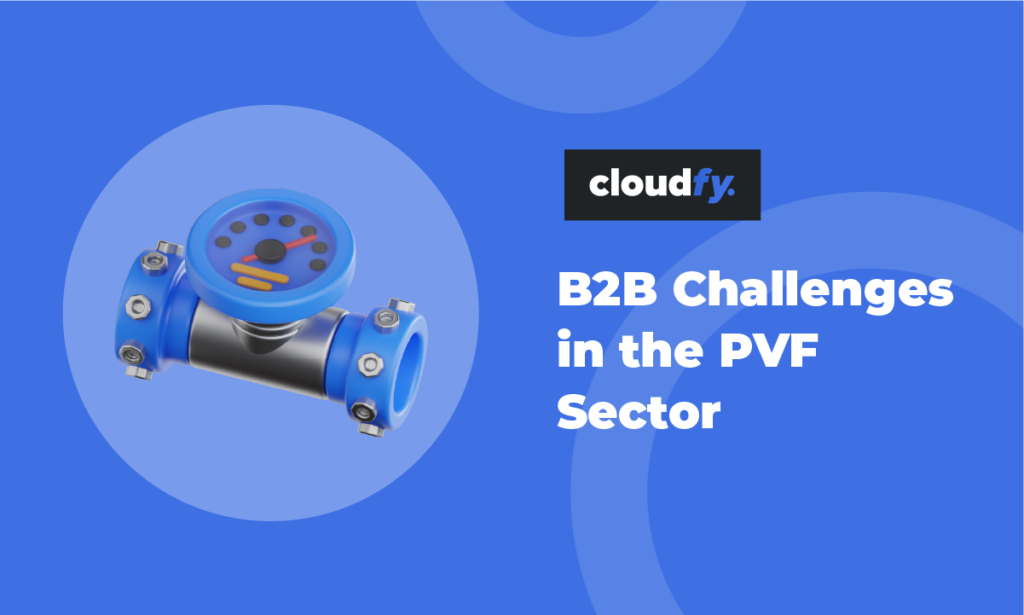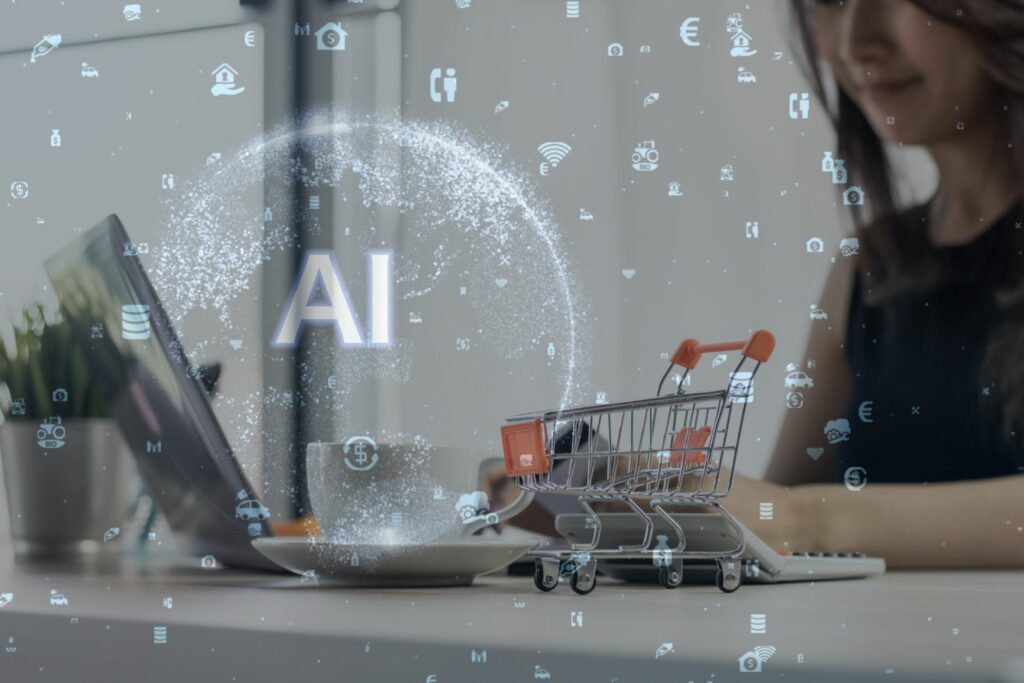We have heard a lot about Big Data, the Internet of Things (IoT), and integrated business to business (B2B) ecommerce. There’s no doubt that we have become much better at turning large amounts of business data into useful insights. So, what does the future hold?
It’s not just the quantity of data that’s important
While we can access, analyze and share data in ways that couldn’t have been imagined just a few years ago, it’s important to take a strategic approach to its use.
The other considerations include speed with which information changes, how many different types of information you use and how reliable it is; in other words, its volume, velocity, variety and veracity must all be taken into account.
Understanding and balancing these aspects of the information you use in your business will significantly improve your outcomes. Integrating the entire customer journey from your ecommerce portal to delivery and after sales support can deliver an impressive competitive advantage.
ERP and your business
Gartner introduced the term enterprise resource planning (ERP) in the 1990s to describe the evolution of both Material Requirements Planning (MRP) and Manufacturing Resource Planning (MRP).
In the 1960s and ’70s the goal had been to improve efficiency and decision-making for production managers. The functionality of manufacturing systems was expanded to include other core business applications such as accounting and human resources (HR).
Creating a suite of applications that could be used across a business was powerful way to organize data and streamline processes, but it could also be inflexible. In the early days, ERP systems gained a reputation for high costs and time-consuming implementation. Happily, things have moved on.
By the early 2010s technology could support communication between different systems, giving businesses the ability to build their own ERP system with best-of-breed solutions, including procurement, project management, risk management, or supply chain operations.
Today, ERP thrives with the use of good quality data and the potential for integrated business systems is almost limitless. Businesses of almost any size can choose the features they need and combine them to suit their operational requirements.
Modern ERP features
The pace of change is increasing as businesses embrace opportunities to harness the power of new technology to increase the potential of their ERP and improve operational efficiency. This includes:
Third-party integration – integration allows businesses to add industry-specific applications from third-party providers into their day-to-day operations and tailor their system to the needs of the organization.
Cloud-based solutions – the increasingly popular alternative to hosting your ERP at your own premises is deployment in the Cloud. Powerful, flexible, secure and reliable; providers are responsible for the servers and maintenance making it a cost-effective option.
Data collection and analysis – managing all your business data in your ERP system means you can use artificial intelligence (AI) and predictive analytics to analyze performance, project future outcomes, and make better business decisions.
Workflow automation – ERP systems can automate repetitive and time-consuming tasks, trigger processes within bespoke workflows, and send notifications to users or payment reminders to clients.
Customer relationship management (CRM) – using your ERP system as the core of your CRM processes means that you have a clear view of every touchpoint with your customers and how changes in other parts of your business affect them.
Turning information into insights
Your ERP system can do far more than consolidating diverse business functions and streamlining processes and information across your organization.
It can also produce actionable insights regularly, based on the data it captures. To be really valuable, the data needs to be in real time, collated from as many different parts of your business as possible, and be accurate and reliable.
IoT technology is the bridge that allows this to happen.
The power of IoT
IoT describes a physical network with embedded sensors and other communication technology and processing. It allows information to be shared via the internet and actions to be taken automatically. It includes familiar home alarms that send an alert to your smartphone and apps that allow you to control lights and thermostats, wherever you are, as well as organization-wide business solutions.
IoT can deliver key data straight to your ERP that allows your business to operate using (near) real-time visibility of your operations. Because the data can be shared across systems automatically and immediately, there’s no time lag. A new online order can be verified, and production and delivery schedules checked in moments.
IoT can be introduced to almost any aspect of your business. Sensors at entry/exit points for your bricks-and-mortar premises can highlight footfall to identify trends and sensors in your warehouses can monitor the flow of materials to show you the bottlenecks.
You will need to choose the data you capture with care if you are going to create useful insights. To do this you will need a clear, strategic view of the outcomes you intend to achieve. Then you can make sure your ERP receives and manages that information in a structured way.
The future of integrated B2B ecommerce
ERP integrates all your major business processes and helps you manage daily business activities. Combining IoT with your ERP can enhance the accessibility and precision of information in your organization.
Most importantly it will give you reliable and accurate information about customer behavior that will allow you to meet and exceed their expectations. The ability to view, use and combine data will break down operational silos and improve performance. Your decision making can be based on the best possible information.
While you can limit yourself to straight-forward customer journeys from online inquiry through to purchase and delivery, you can also review all of your operations with your customer’s needs in mind.
For example, you could capture data within your ERP system from radio frequency identification (RFID) tags scanned in your warehouse. You will immediately gain real-time visibility into how products and materials are moved. More importantly you will see the impact of problems and the benefits of changes. Over time you can collect seasonal and trend information to develop your sales and marketing plans.
If delays to deliveries can seriously damage customer confidence, you can collect diagnostics data for key equipment to improve your maintenance planning and scheduling to avoid downtime. You could even automate parts ordering and service bookings. Now your ERP can interact with your supplier without any intervention at all.
Alternatively, your ERP could monitor your buyers’ behavior and engage directly with their ERP to prompt an order review when supplies, maintenance and new equipment are likely to be needed and send them notifications of relevant offers and promotions.
Cloudfy offers out of the box integration with major business systems and has a powerful application programing interface to customize solutions too.
Get in touch to find out more about how integrated B2B ecommerce can help you to take advantage of the full potential of your ERP system.






